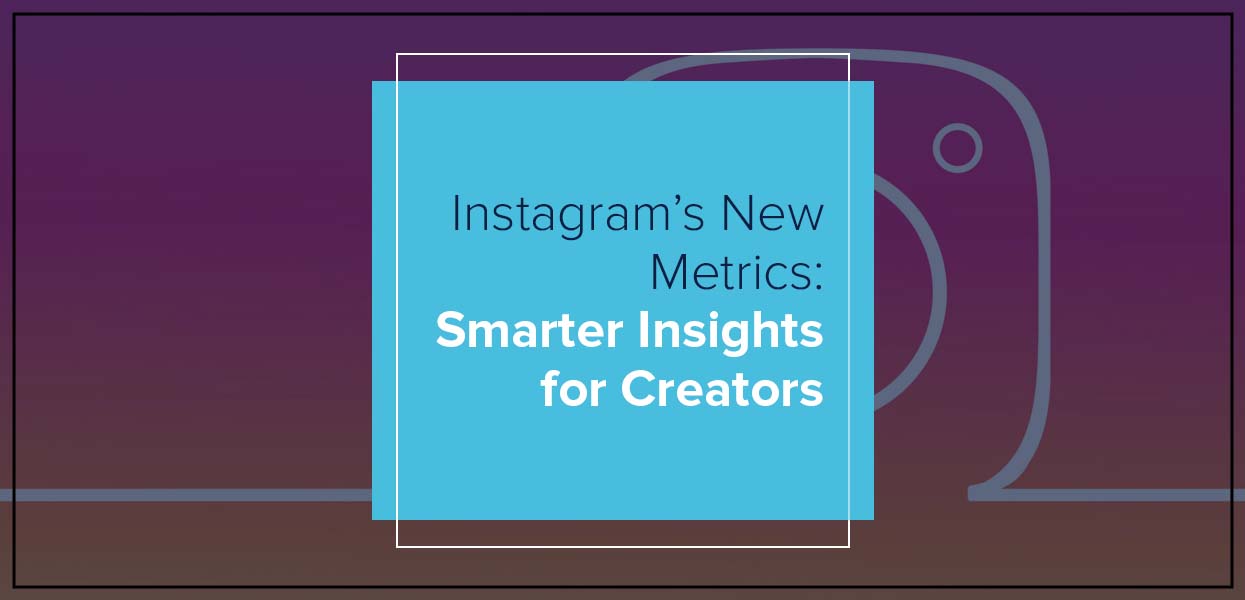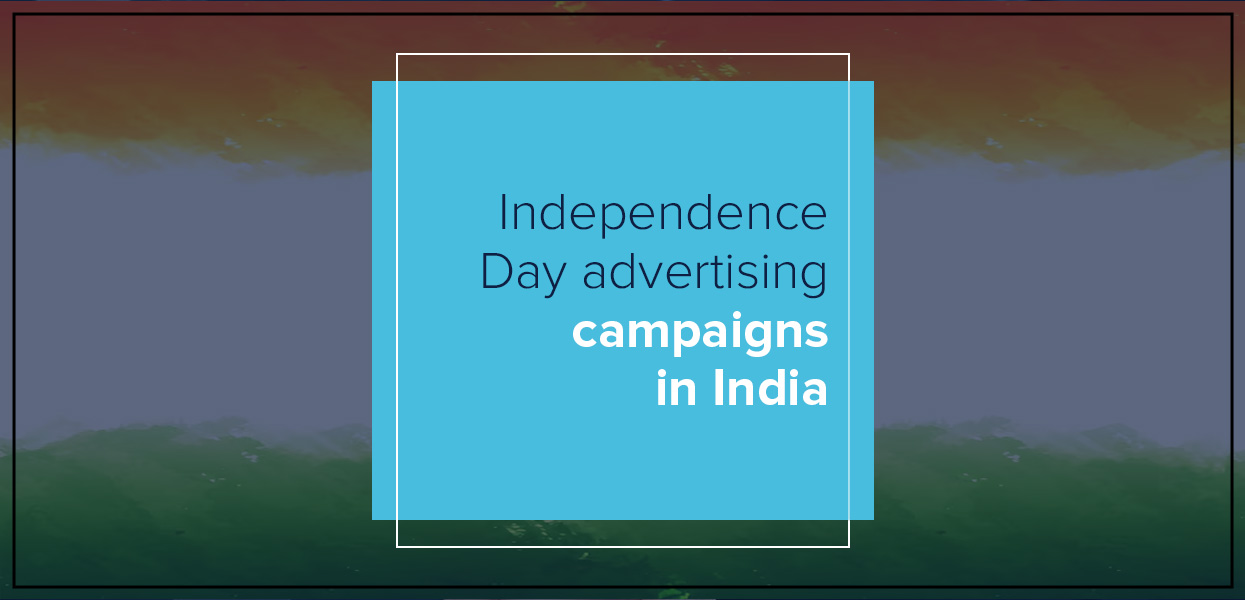Content Marketing Trends to Watch in 2025

In 2025, content marketing isn’t what it used to be, and honestly, that's a
good thing.
Search engines are no longer the only
gatekeepers. AI tools like ChatGPT, Google’s SGE, and Perplexity are reshaping
how people access information. Users aren’t just typing queries into Google
anymore; they’re asking questions and expecting clear, summarized answers
generated instantly.
So where does that leave long-form content?
Some marketers are panicking, assuming
2,000-word blog posts are now irrelevant. But here’s the thing: GEO content, that’s Generative Engine Optimization, hasn’t
killed long-form. It’s simply forced it to evolve.
Done right, long-form content is still
your best shot at ranking, being referenced by AI systems, and building serious
brand authority. But you can’t just write for SEO in 2025; you have to
structure and optimize for AI search
engines, too.
Let’s break down how long-form fits
into modern content strategies, what
GEO actually means, and how to stay visible in this new ecosystem of human
readers and machine-generated summaries.
Why Long-Form Content Still Matters
in 2025
Let’s be real, attention spans haven’t
vanished. They’ve just shifted. People don’t want more content; they want better
answers. And that’s exactly where long-form
content still wins.
In a world of AI-generated summaries
and quick answers, depth cuts through. Long-form blog strategy in 2025 isn’t
about writing endlessly; it’s about delivering value that short-form content
simply can’t match. Case studies, industry breakdowns, opinion pieces,
tutorials, they still work because they solve
actual problems.
Here’s what hasn’t changed:
- Google still rewards content
depth for high-intent queries
- Readers still bookmark, share,
and link to content that teaches them something
- AI tools like ChatGPT and SGE often pull from well-structured long-form sources
to craft their summaries
In fact, if your content lacks depth,
it’s more likely to be ignored or misrepresented by AI engines. But when your
content is rich, well-organized, and useful, it becomes a source. That’s the
difference between being quoted and being invisible.
So while short content might earn a
click, long-form content earns trust. And in 2025, trust equals
visibility
What Does Long-Form Content Actually
Mean?
Let’s clear something up: long-form
content isn’t just about word count, it’s about depth, clarity, and structure.
Traditionally, long-form content
refers to any piece over 1,200–1,500 words. But in 2025, the meaning has
shifted. Today, it's defined less by length and more by how well it covers a
topic in full. That means anticipating follow-up questions, adding real
examples, and guiding readers from curiosity to clarity.
When done right, long-form blogs:
- Rank for multiple related keywords, not just one
- Reduce bounce rates by
answering multiple queries in a single visit
- Get cited by AI tools because
they offer complete, coherent insights
Think of it like this: short-form
sells the click, but long-form builds
the relationship. And with content
saturation at an all-time high, relationships are what drive repeat traffic,
links, and leads.
So, while content length still matters
for SEO, it's the value per paragraph that determines whether your blog gets
read, or rewritten by someone else's AI.
What Is the Long Form of GEO?
GEO stands for Generative Engine Optimization, a term that's becoming unavoidable
in 2025.
Just like SEO was built around ranking
in traditional search engines, GEO is about getting noticed, selected, and
referenced by generative AI platforms.
Think ChatGPT, Google’s Search
Generative Experience (SGE), Perplexity AI, and other tools that summarize
the web for users in seconds.
Here’s what makes GEO different:
- AI doesn't just index your
content, it interprets it
- Clear structure, concise
language, and factual tone increase your chances of being used as a source
- GEO-friendly content often
includes Q&A sections, summaries, and schema markup
So, what’s the “long form” of GEO? It’s about designing content that’s
useful for both humans and machines. That means layered content with logical
flow, easy-to-parse sections, and clear headings. No fluff. No keyword
stuffing. Just utility.
If SEO was about rankings, GEO is about relevance. And in a
machine-summarized web, relevance is what gets you seen.
What Is GEO Content?
GEO content is content created to be
understood, summarized, and sourced by AI engines.
Unlike traditional SEO-optimized
content, where the focus is keyword targeting and metadata, GEO content focuses
on structure, clarity, and extractable insights. You’re not just writing for
Google crawlers. You’re writing for AI that reads context, compares sources,
and crafts answers based on usefulness.
Here’s what a strong GEO content
strategy includes:
- Clear, descriptive H2 and H3
tags (AI loves structured hierarchy)
- A direct answer within the
first 100 words
- Summary sections, lists, or key
takeaways (ideal for AI snippets)
- Factual tone with credible
links and citations
- Schema markup or structured
data to help AI understand your page’s purpose
In short, GEO content is AI-optimized content. It lives at the intersection
of usefulness and clarity.
If your blog is vague, rambling, or
filled with filler, AI will ignore it. But if it's tight, well-organized, and
answer-focused? It becomes a source, and that’s how you stay visible in the
AI-first future.
SEO, AEO & GEO: The New Trinity
of Digital Visibility in 2025
If you're still only thinking about
SEO in 2025, you're behind. Today’s digital
visibility strategy has three layers:
1. SEO – Search
Engine Optimization
Still essential. Helps your content
rank in Google’s traditional search results. Focuses on keywords, backlinks,
and page experience.
2. AEO – Answer
Engine Optimization
Optimizing for tools like Alexa, Siri,
and voice search. It's about formatting content for quick answers, usually
pulled from featured snippets or FAQ sections.
3. GEO – Generative
Engine Optimization
The newest layer. Optimizing your
content to be interpreted and reused by AI systems. GEO considers readability,
logic, summary sections, and factual tone.
These three don’t compete; they
complement each other.
Here’s the play:
- SEO gets you ranked
- AEO gets you featured
- GEO gets you quoted by AI
Together, they form the new standard
for content marketing in 2025.
Ignore any one of them, and you're leaving reach, traffic, and relevance on the
table.
Why Generative Engine
Optimization (GEO) Is Your Next Big Content Bet
Generative engines are changing how
people access content. Users ask tools like ChatGPT or Gemini to summarize
complex topics, compare solutions, or recommend products. If your content isn’t
built to be scraped, summarized, and cited, you’re invisible.
Here’s what GEO-focused content does differently:
- Uses subheadings that match
user questions (People Also Ask style)
- Includes stat-backed insights
with sources
- Avoid vague opinions, go for
clarity, specifics, and formatting
- Structures answers in clear,
citation-friendly blocks
This is not a nice-to-have. GEO is
your chance to own AI-generated
summaries. If your blog doesn’t show up in the first layer of AI results,
someone else’s will.
Is Long-Form Content Coming
Back? Or Did It Ever Leave?
Let’s be real: long-form content never
died. It just got lazy. Brands were churning out bloated posts filled with
fluff. That’s what made people stop reading. In 2025, what’s coming back is valuable long-form content, strategic,
skimmable, and smart.
The return isn’t just anecdotal. SEO
data shows top-ranking content is still long-form, especially for:
- B2B solutions
- Buying guides
- Thought leadership pieces
- How-to tutorials
With AI summarizers getting better,
only well-structured long content
survives. It’s not about word count. It’s about worth.
What Is the Future of Content
Marketing in 2025?
In a word? Hybrid.
You’ll need:
- SEO to bring traffic
- AEO to earn visibility in voice and rich
snippets
- GEO to stay relevant in AI-powered
platforms
Content marketing is no longer just
about publishing; it’s about distribution through
multiple intelligent channels. That means:
- Structuring blogs for people
and machines
- Repurposing blogs into
carousels, shorts, and podcast scripts
- Writing with strong topical
authority in mind
The winners? Brands that take content
seriously, not just as a checklist but as a strategic
asset.
Does Long-Form Content Still
Work?
Absolutely, but only if you do it
right. Here’s what’s working in 2025:
- Well-researched, skimmable
blogs with headers and bullets
- Fact-driven writing with unique
commentary
- Content optimized for GEO so AI
tools pick it up
- Long-form that builds brand
authority, not just traffic
It’s not about writing more. It’s
about writing better, deeper, and smarter.
Conclusion: Long-Form Content
Isn’t Just Alive, It’s Evolving
Don’t listen to anyone who says long
blogs are dead. What’s dead is bad blogging. In 2025, long-form content is one
of the most powerful ways to own SERPs, feed AI engines, and build topical
authority.
Still unsure where to start?
If long-form feels overwhelming or
you're not sure how to balance SEO, AEO,
and GEO, don’t overthink it. Start with clarity, then build with purpose.
And if you need a team that knows how to do both, Uniworld Studios is here to help.
Categories
- Digital Marketing
- Website Development
- Graphic Design
- Content Writing
Latest Posts
-
- Essential Marketing & Advertising Keywords 2025



